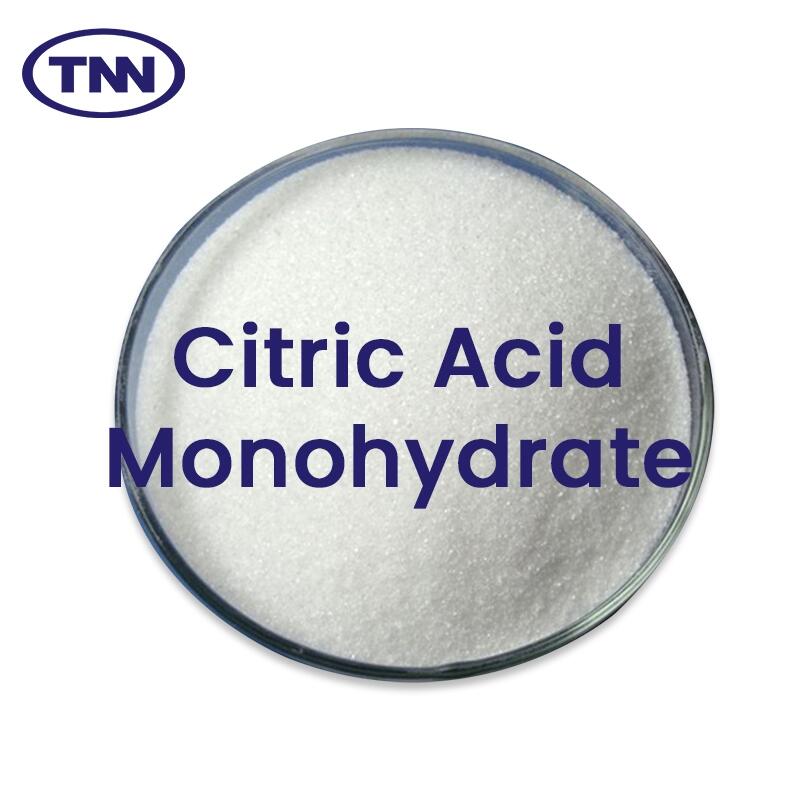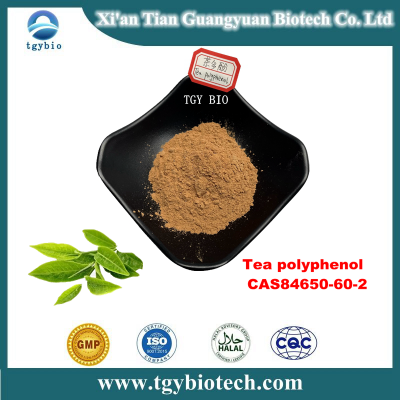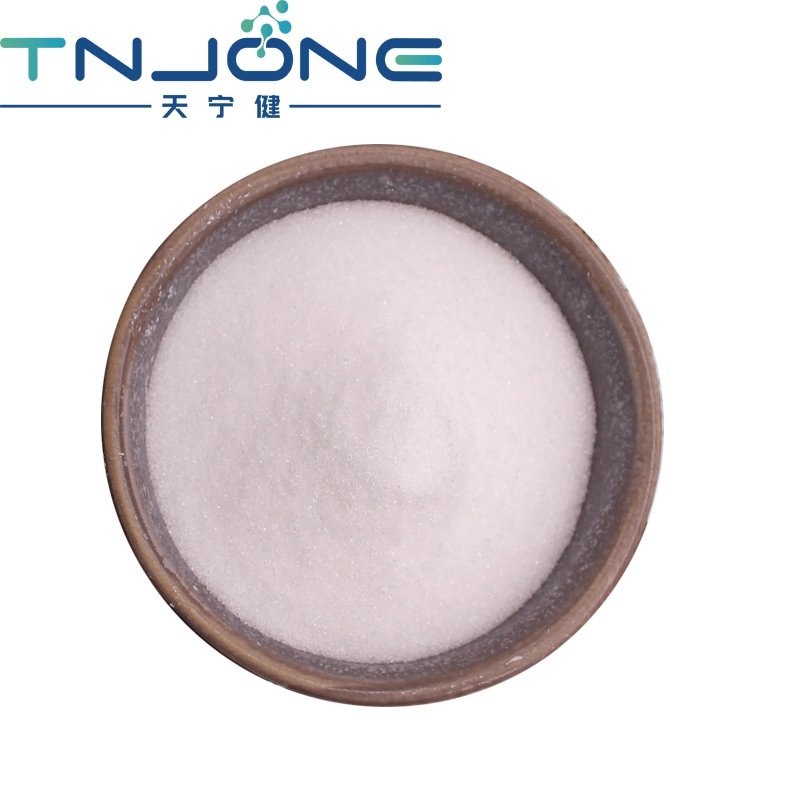-
Categories
-
Pharmaceutical Intermediates
-
Active Pharmaceutical Ingredients
-
Food Additives
- Industrial Coatings
- Agrochemicals
- Dyes and Pigments
- Surfactant
- Flavors and Fragrances
- Chemical Reagents
- Catalyst and Auxiliary
- Natural Products
- Inorganic Chemistry
-
Organic Chemistry
-
Biochemical Engineering
- Analytical Chemistry
-
Cosmetic Ingredient
- Water Treatment Chemical
-
Pharmaceutical Intermediates
Promotion
ECHEMI Mall
Wholesale
Weekly Price
Exhibition
News
-
Trade Service
Everything is now red and green, including holiday favorites such as
M.M.'s
chocolate beans.less than two months ago, candy's signature color was defined as orange, black and brown in various shades to cater to autumn and celebrate Halloween. But in the weeks leading up to Halloween, the
Center for Science in the Public Interest
headlined a consumer petition calling on
M's
chocolate bean maker
-
Mars in Hackettstown, N.J., to stop coloring its products with artificial food coloring. Many foods are sold in the U.S. using artificial colorants, but when exported to Europe, only natural colors are added or mostly added, and
M.M.'s
chocolate beans are one of them.has
controversial topic since
1970, when a pediatrician first suggested that synthetic food coloring intake was related to a child's behavior.
A study by
University of Southampton
in September
,
2007, found a link between artificial food coloring and ADHD in children, and since then artificial food colouring has come under greater scrutiny. Although many medical experts questioned the findings, it raised concerns among consumers and continued to focus on them.study by the University of Southampton, the Center for Science in the Public Interest argues that all synthetic food coloring in the United States must be banned
/
year. In fact, the Center for Science in the Public Interest doesn't like any food coloring. The nonprofit group says all pigments appear to increase the visual appeal of food and beverages. This is clearly not a secret. Many times we look at the appearance of the food before we taste it.earlier this year, Danon, based in White Plains, N.Y., used sebum to enhance the pink tones of several of its berry yogurts, sparking protests from consumer groups. The Center for Science in the Public Interest says Danon's behavior deceives consumers that they expect real fruit, not the color provided by insects
,
's source of sebum red extract .
Michael Jacobson
, managing director of theCenter for Science in the Public Interest, said:I'm not against humans eating insects, but when I buy strawberry yogurt, I want strawberries and yogurt, not red dyes from bed bugs.
”The group is targeting consumers who are increasingly concerned about pigment issues. According to the
2013
Food Health Survey, published earlier this year by the Washington-based International Food Information Council
, people are increasingly focusing on added pigments when buying food. The questionnaire involved
1006
people, and when asked which product attributes had influenced their decision to buy packaged food or beverages over the past year,
23 percent of
said they would consider whether the product contained pigment
, an increase of four percentage points over
's 2012
.this consideration and recurrent concerns make the color selection of dairy products key. After all, most dairy products fill consumers' cravings for clean, simple and natural foods. Unwelcome colors can ruin this wonderful desire.red is not made bybut in this colorful world, it feels important. Although sebum does grow naturally (it comes from living matter, not from petrochemicals), many natural food lovers still can't empathy for its origin.fact, only 7
synthetic
can be used in food in the United States. These seven synthetic pigments are classified as pigment additives by the Food and Drug Administration (
FDA
) and comply with U.S. Federal Regulation
21
Part
74
(
Title 21, Part 74 of Code of Federal Regulations
,
21 CFR 74
). After certification, they will have a
F.D.C.
, which indicates that additives have passed safety tests and are allowed to be used in food, pharmaceuticals and cosmetics, or in
The F.D.C.
in it.two forms of synthetic pigment: water-soluble dyes and water insoluble. These pigments are stable and widely used. Mixing these certified colors provides a rich color for almost any food and beverage, including various types of dairy products.Fda
also provides a list of
additives exempt from certification
21 CFR 74). These pigments are usually defaulted to natural colors. However, product developers will remember:
FDA
believes that all foods added to food are not natural colors except those that are naturally present in the product.example, consumers want strawberry milk to be red. If strawberry juice is added to the milk to dye it without any other artificial ingredients, the product can be labeledAll-Natural Strawberry Milk
"
. All-natural labels are not available if you add beet juice and sebum (both of which are
FDA
-approved, certified pigments to your product. Correctly speaking, this product should
"
", which does not contain
artificial
.Rajesh Cherian
, product support manager at
ROHA
, said:
is different from artificial colors, natural pigments are often specifically used in a product because natural pigments are susceptible to a number of factors, such as acidity, processing temperature, mixing with other additives, and light.
” “
Using natural pigments can be challenging because discoloration, browning, redness, and even flavor changes can occur during use. In the initial stage of product formulation formation, cooperation with pigment suppliers can successfully avoid negative coloring problems in product development, production and packaging.
”In the dairy category, the use of clear glass and plastic packaging to show products has become a trend, so pigment selection is particularly important. Sometimes transparent packaging can have a detrimental effect on the appearance of the product because lighting accelerates oxidation coloring. This is especially true of the pre-preparation of fruits in yogurt and ice cream.a wide range of certified pigment sources, including plants, minerals, insects and fermentation products, which many consider natural. But it is this generalization that has led some pigment suppliers to boast that their pigment comes only from food, and often directly from fruits and vegetables, which creates some misunderstandings. This is because sebum red ( a pigment extracted from a dry, powdery carp ) is a test-free pigment and its natural nature has been controversial.fact that in the law on food coloring,
"
natural
"
simply means that it does not contain artificial colors as defined by law. No wonder more and more consumers are questioning natural food claims.New Technology International Inc. (GNT USA Inc.)
,
, New York.
) the enterprise communications sector
Kelly Newsome
:
"
accordingly, marketers know that more and more shoppers are starting to read ingredient lists and are attracted to products that use recognizable fruit and vegetable pigments.
”The future
not
"
non man-made" red caramel is an active and cheap food color. After learning that some consumers were sick of eating sebum, the Center for Science in the Public Interest began to take an interest in sebum years ago. This has led the Food and Drug Administration to require that sebum be listed on food labels when using sebum.
Neuwirth
senior director of public relations at Danon, said:
"
is a safe red pigment commonly used by many food manufacturers. Because color works best and is safe, it is used in many foods and other products.
”
Dana products containing sebum are clearly named and listed on the product label as an ingredient, which can be easily identified by consumers who want to avoid them. Anyone who hates or wants to avoid a particular ingredient has read the label carefully, and we encourage it to avoid it as easily as they want. We haven't made any changes based on that.
David Sprinkle, director of research at
Packaged Facts
in Rockville, Maryland, said:
"
Therefore, it's not just simple
'
non-artificial
'
. This will be
trend as we
towards 2014 and the future. Consumer demand for more natural ingredients in food has forced the U.S. food industry to reduce its reliance on synthetic and artificial ingredients for more than half a century, according to a report by market research publisher Packaging Facts
-
Food Additives: The U.S. Market. "
"
food
are driving new innovations, especially but not just new natural formulations," says Mr. Sprinkle. Natural pigment additives, flavor enhancers, carbohydrate- and protein-based fat substitutes and preservatives are key areas for research, testing and development of new additives. " Because color remains a key factor in food attractiveness and marketization, in many products and product lines, the growth of pigment additives is driven primarily by the transition away from artificial colors to truly natural colors," mr. Sprinkle
said.
"
the latter increases the availability of more and more colors. Cost and formulation issues remain key factors in the natural pigment additive market. This is one of the reasons why sebum is still popular. "
"
However, we have to recognize that consumers are increasingly concerned about what's added to their food, and for that, we recently launched a range of
100%
natural pigments, produced exclusively through physical processes, with no chemical intervention at all," said Mr. Cherian
” “
Our wide range of bright and stable hues are extracted from vegetables, fruits, edible flowers, herbs, spices and algae. The final product is carefully adjusted to reproduce the exact nature, color, and sensory balance of the original source.
” Ms.
added, "
"
many fruit and vegetable colors are actually mixed with a large number of different colorful raw materials. This results in natural pigment products not only conforming to traditional synthetic
products,
also provide technical consistency and stability.
” Many dairy processors, especially cheese makers, have been using natural colors to make their products stand out. Most cheeses are the natural color of milk unless they contain microorganisms that produce color. For example, gray-green penicillin can produce blue streaks in Gorgenjule cheese.
DDE Jody Renner-Nantz
, a global applied scientist at the University of Louisville in Kentucky, said:
"
cheese makers often add water-soluble carotenoids to their cheeses to make them look beautiful orange, meeting consumer expectations for natural ceda cheese.
"
sebum tree red has come a long way, since the first time a tube of sebum tree red poured into a large bucket of milk heating and stirring, it is destined to become ceddar cheese curd. Available now







